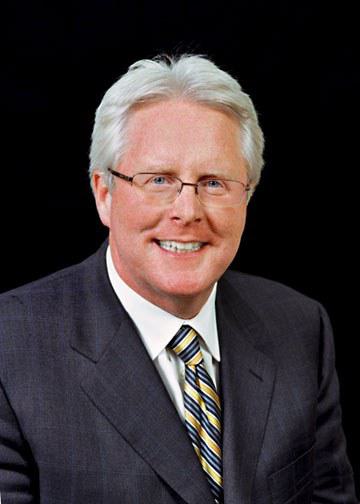High Court Hears Design-Defect Arguments

By Melissa Nonn Burke and Asher Hawkins of the Legal staff

Tom Duffy, Esq.
A jury's finding that a plaintiff's strict products liability claim in a design-defect case failed does not doom a plaintiff's negligence claim because they are two distinct causes of action, a plaintiff's lawyer told the Pennsylvania Supreme Court in City Hall yesterday.
Straub v. Cherne Industries is a case that seeks to clearly distinguish the concepts of negligence and strict products liability law in Pennsylvania.
"The contention here is that it, is legally impossible on one hand to say something is not defective, and on the other hand say there is negligence," Chief Justice Ralph J. Cappy told the lawyer, Thomas J. Duffy.
Cappy has indicated that he believes strict products liability and negligence claims should be subject to separate analysis. Yesterday, he prodded Duffy, asking indirectly why Duffy's client asserted the same factual allegations for the separate claims.
Straub and several other cascs were argued orally before the high court yesterday in City Hall courtroom 456. One of the other cases, reported on later in this story, involves a niling in Schreffer v. PPCGA that a gynecologist found negligent in relation to a claim that he sexually assaulted a patient had been acting in the course of providing medical services.
The justices are in town this week for three days of arguments, which will conclude today.
Cappy wrote the lead opinion in Phillips v. Cricket Lighters in 2003, ruling that the failure of a particular design-defect claim at trial does not mean that a negligent-design claim must fail as well.
Cappy reasoned in Phillips that strict products liability and negligence claims should be subject to separate analysis because the doctrine of strict liability does not concern itself with the conduct of the manufacturer (a determining factor in negligence law).
"Strict liability focuses solely on the product, and is divorced from the conduct of the manufacturer," Cappy wrote. "With such a cause of action, it would be the height of illogic to introduce a test which examines whether the manufacturer acted with due care."
But the Superior Court panel that decided Straub, in an unpublished opinion, said it didn't have to follow the high court's recent ruling because Phillips "did not generate a majority opinion," and, therefore, the court was not bound to follow it.
Duffy answered Cappy yesterday, noting the difference between an intended user in a strict liability claim and the foreseeable user in a negligence claim.
A product could be deemcd safe for the intended user who puts the product to its intended use, but, under certain circumstances, it could be decmed unsafe for all foreseeable users, argued Dutly of Duffy & Keenan.
This fundamental distinction between strict liability and negligence, Duffy said, defeats the manufacturer's argument that a "product defect" is an element common to both the strict liability and negligence claims.
In Straub, Duffy's client in part claimed he was injured by an industrial pipe plug because the manufacturer, Cherne Industries, negligently failed to test the product in the field, failed to include a pressure-relief valve and provided an inadequate manual for its operation.
A Philadelphia jury returned a $4 million verdict for Douglas Straub in 2002, finding Cherne was negligent as to the plug's design and product warnings. But the jury rejected Straub's claim that Cherne's product was defective.
The jury was told it could tïnd Cherne liable on either, both or neither cause of action, according to the lawyers.
The trial judge refused to grant Cherne's motion for a judgment notwithstanding the verdict on the negligence claim. The Superior Court reversed that ruling and vacated the judgment for the plaintiffs. Cherne's counsel told the high court yesterday that, under Pennsylvania law, a finding that a product wasn't defective requires a judgment that the manufacturer didn't negligently cause the plaintiff's injury.
"It's our position in this case that the law should not allow the manufacturer to be exposed to liability for a product the jury has determined to be safe - no matter if it's strict liability or negligence," said Daniel L. Hessel of Cozen O'Connor, who argued for Cherne.
He said the jury didn't have any evidence of negligence to consider because Straub's case was based entirely on the condition of the product.
"The only logical inference is that they based their determination for negligence on something separate from what was in the evidence," Hessel said of the jury. "The evidence was not suffcient to support the finding of negligence."
Justice Russell M. Nigro supposed, hypothetically, that a jury could have determined a product was not manufactured defectively but could have, "from a credibility standpoint, said that 'We consider sending off that (incorrect) manual (to be) evidence of negligence.",
Hessel replied that such a jury finding would be inconsistent with Pennsylvania law. He cited a I 993 Superior Court case, Fitzpatrick v. Madonna, in which the court found that the plaintiff's failure to prove the existence of a defect in the product, a boat propeller, "was fatal to the plaintiff's negligence claim."
The Straub panel had also relied on Fitzpatrick.

